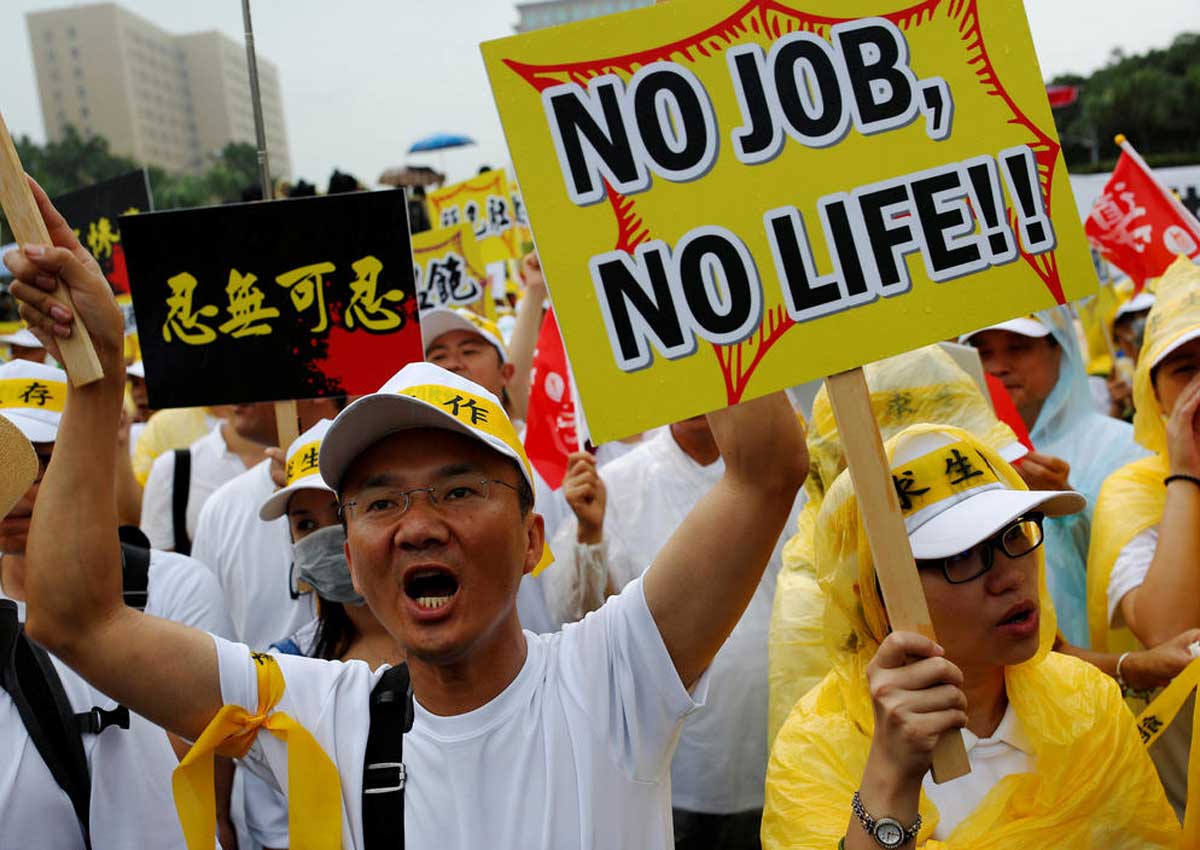TAIPEI – About 10,000 Taiwan tourism operators and workers marched to a square in front of the presidential hall on Monday to demand that the government take steps to help their businesses, hard hit by worsening ties with mainland China.
Relations between the self-ruled island and the mainland, which regards Taiwan as a renegade province, have become strained since President Tsai Ing-wen took office in May.
The mainland does not trust Tsai and is fearful her Democratic Progressive Party will push for independence for the island, an idea that is anathema to Beijing.
Government figures show arrivals from China fell 15 percent year on year in July and fell again in August.
The sector was also hit by a fire on a bus in July that killed 24 mainland tourists on their way to the island’s main airport to fly home.
Investigators released a report on the cause of the disaster on the weekend that will only compound the damage the deaths have caused.
The inferno was not sparked by a crash but by the driver, who poured petrol inside the bus and locked its emergency exits before setting it alight in what prosecutors said was an act of suicide.
Representatives of hotels, travel agents and tour bus companies joined the rally to urge government action to reverse the fall in arrivals. “We want to survive”, “we ask for jobs”, “we need food and shelter,” and “no jobs, no life” read some of the signs protesters held up as they marched through rain to the square in the island’s capital of Taipei.
“God is weeping for us,” protest organiser Ringo Lee called out to the crowd, referring to the downpour. “He is weeping for hundreds of thousands of our families being affected.”
China has claimed sovereignty over Taiwan since 1949, when Mao Zedong’s forces won the Chinese civil war and Chiang Kai-shek’s Nationalists fled to the island.
Beijing has never renounced the use of force to bring the island under its control.
Beijing cut a communication mechanism with Taiwan in June as Tsai declined to accept a so-called 1992 Consensus, which holds there is only “one China”, with each side having its own interpretation of what that means.













































